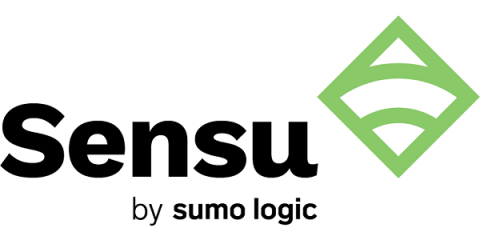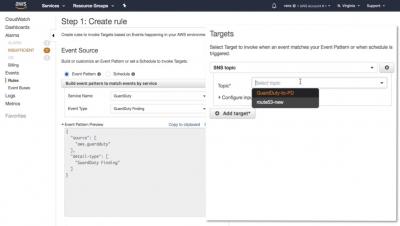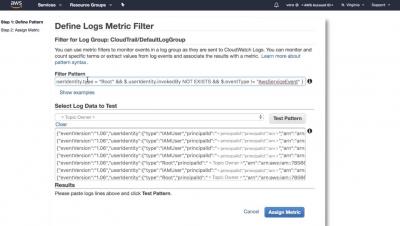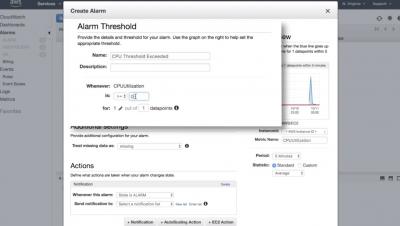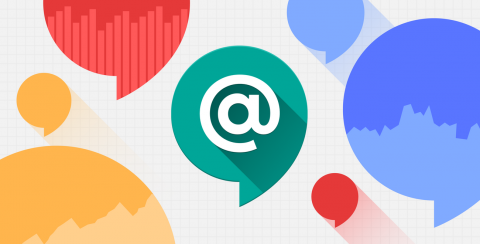Logging Fundamentals 1
Being inside a company that lives and breathes logging, observability and DevOps intelligence, sometimes it takes a moment to step back and explain what we do to friends, family and others. The simplest way we explain what LogDNA solves for companies with IT systems and software is similar to a blackbox on a plane that keeps a record of the flight data and the cockpit voice recorder.



